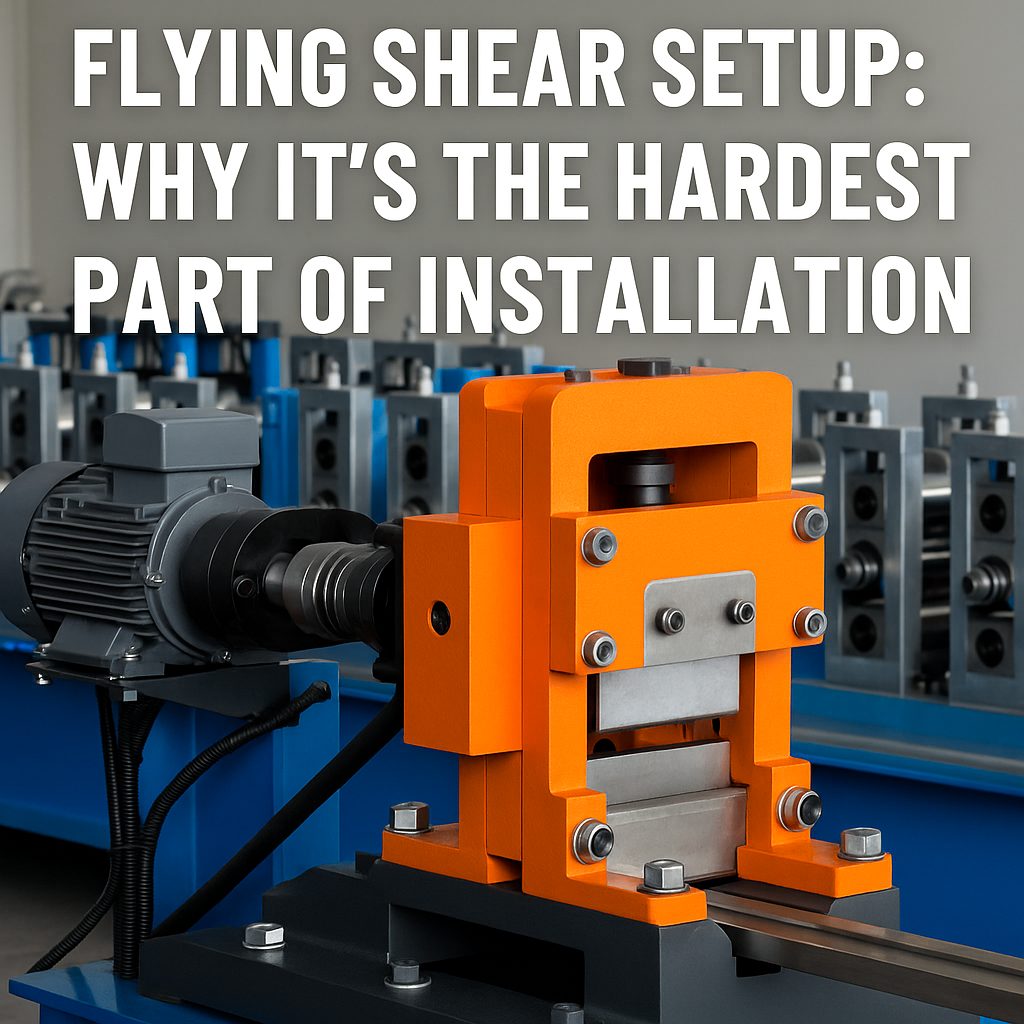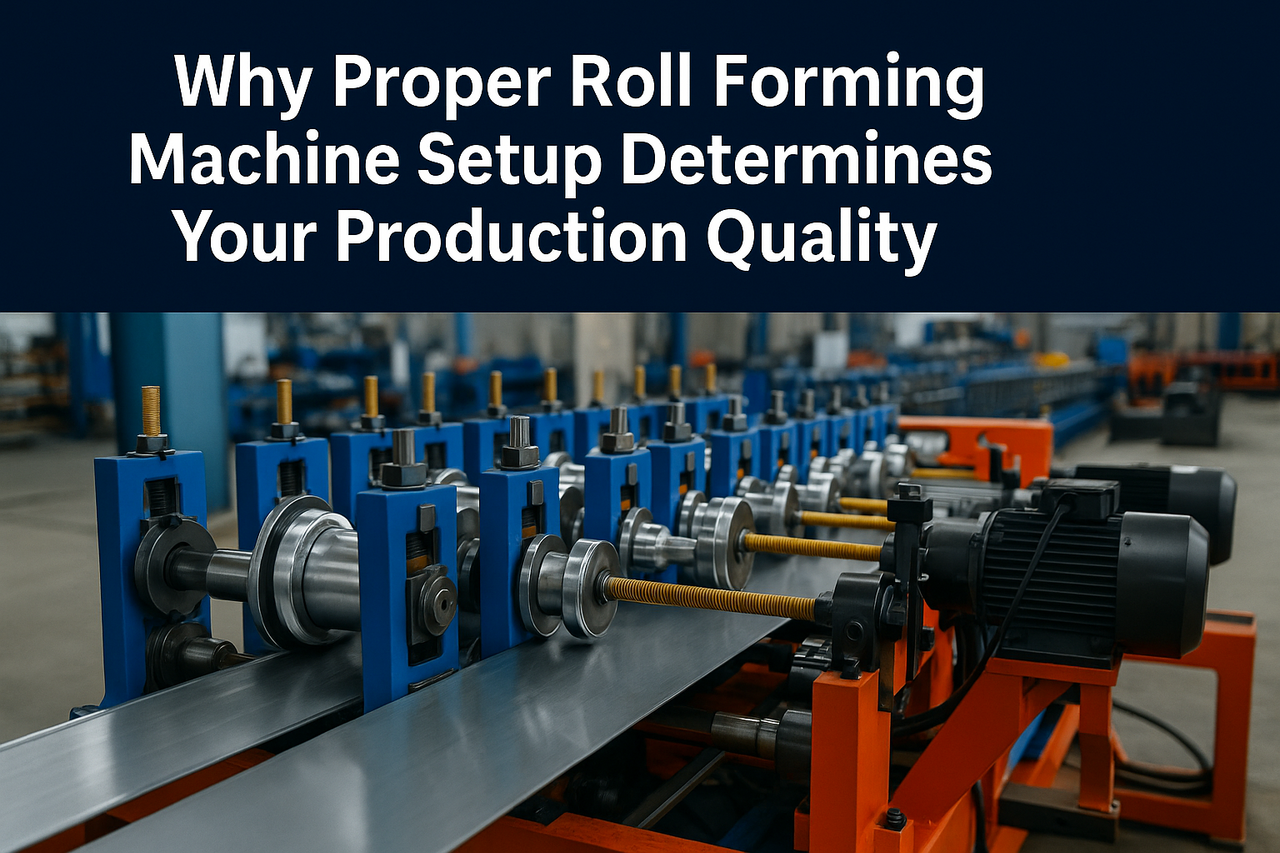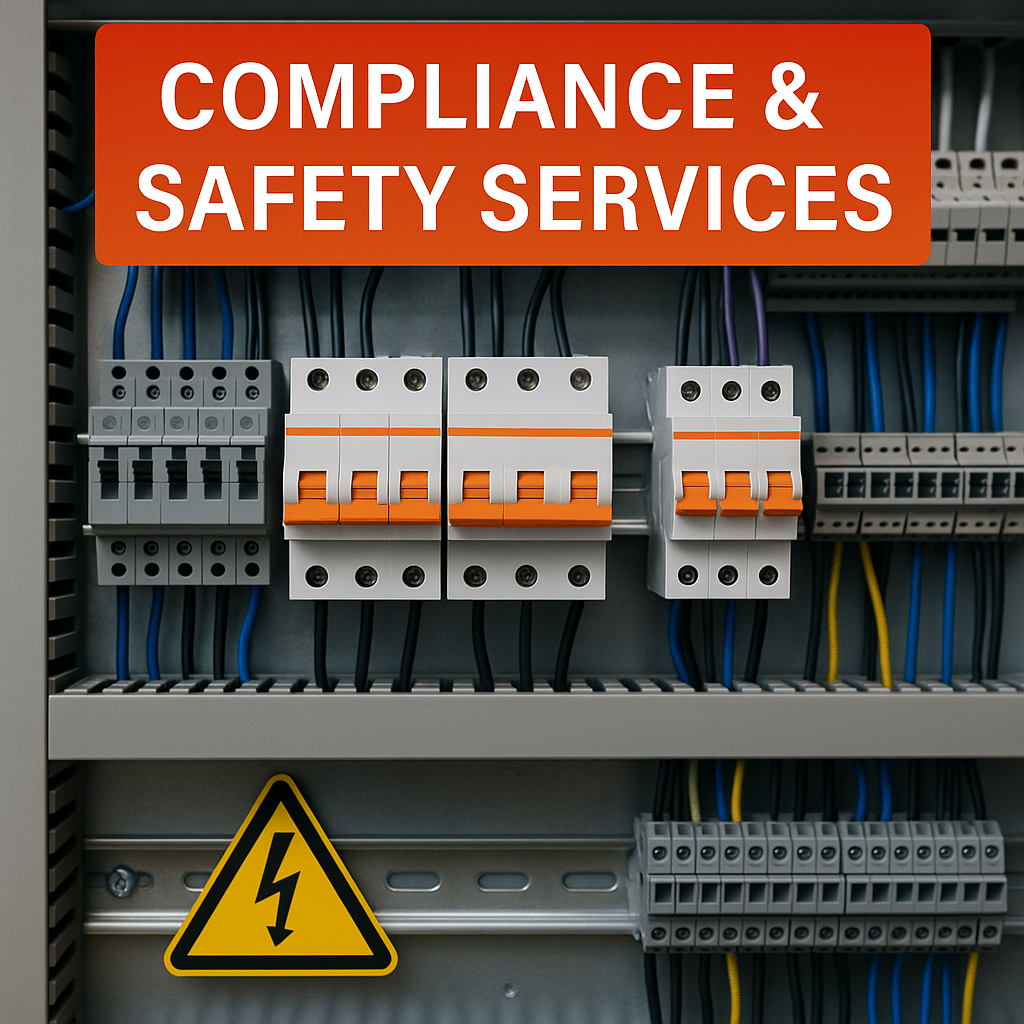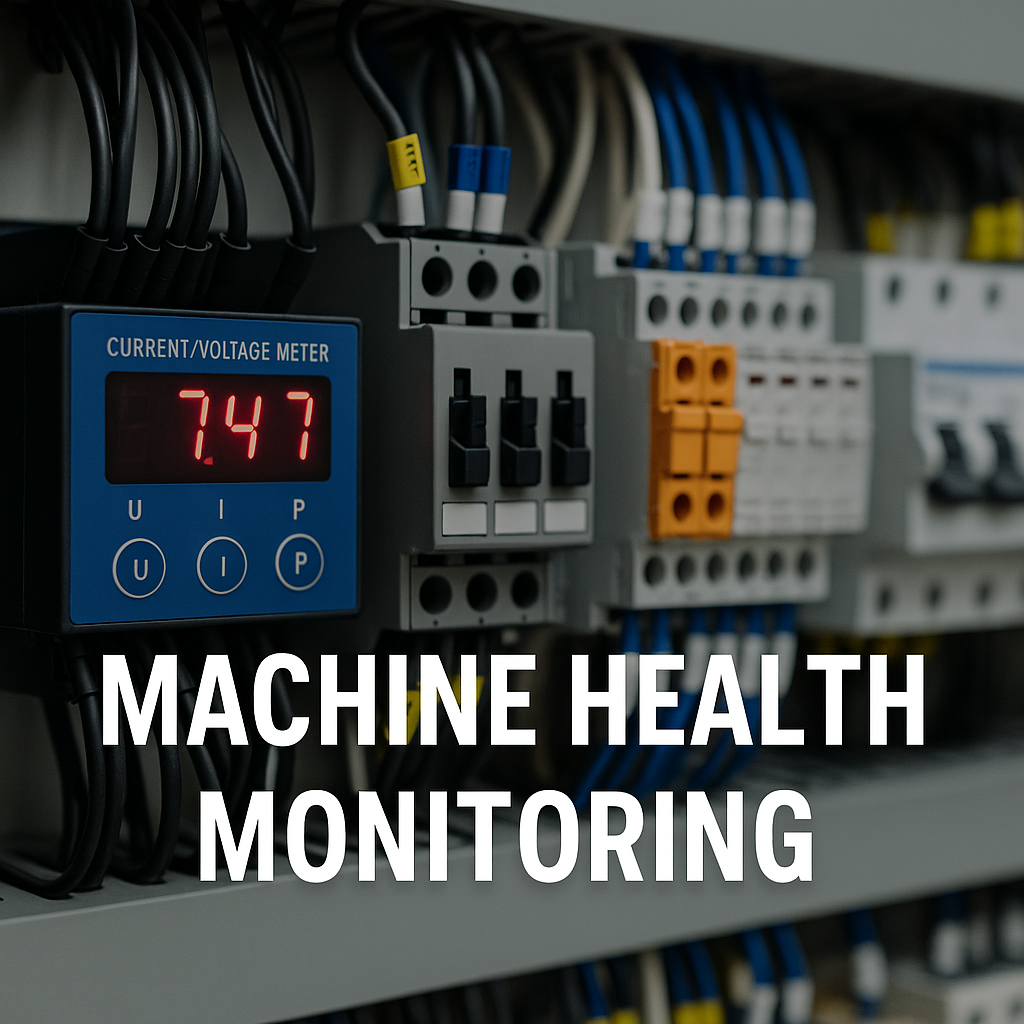
Posted on Sunday, October 6, 2024
As Africa faces increasingly extreme weather patterns, the need for climate-resilient infrastructure has never been more critical. From the scorching heat of the Sahara to the torrential rains of tropical regions, the continent's diverse climates challenge traditional building methods. Roll forming technology is emerging as a key solution in this endeavor, offering a range of benefits that contribute to the construction of durable structures capable of withstanding these environmental stresses.
Roll forming is a manufacturing process that involves shaping metal sheets into desired profiles by passing them through a series of rollers. This method is particularly advantageous for producing components that require precision and consistency, such as roofing panels, wall cladding, and structural framing. With the capability to create complex shapes with minimal material waste, roll forming is an efficient way to meet the growing demand for robust building materials.
One of the primary benefits of roll formed components is their strength. The process typically uses high-strength steel or aluminum, which can withstand harsh weather conditions better than traditional materials. These materials are resistant to corrosion, warping, and fading, ensuring that structures remain intact and visually appealing over time. By leveraging roll forming technology, builders can create long-lasting roofs and walls that are essential for climate resilience.
Every region in Africa has its unique environmental challenges. Roll forming machines allow for customization of metal profiles, enabling builders to tailor solutions to local climate needs. For instance, in areas prone to heavy rainfall, roll formed roofing panels can be designed with specific angles and profiles to facilitate efficient water runoff and reduce the risk of leaks or structural damage.
Roll formed metal components can significantly enhance the energy efficiency of buildings. By incorporating thermal breaks and reflective coatings during the roll forming process, these materials can help regulate indoor temperatures, reducing the reliance on air conditioning and heating. This energy efficiency is especially important in hot climates, where high energy costs can burden residents and businesses alike.
The speed of roll forming production allows for quicker construction timelines, which is vital in regions that require rapid infrastructure development. With the ability to produce large volumes of metal components in a short time, contractors can respond promptly to housing demands or disaster recovery efforts. This scalability is crucial for building resilience against future climate challenges.
Sustainable building practices are increasingly important in the face of climate change. Roll forming technology often utilizes recyclable materials and generates minimal waste during production. By adopting roll forming, builders can contribute to sustainable development goals, making a positive impact on both the environment and local economies.
In summary, roll forming technology plays a pivotal role in enhancing climate resilience across Africa. By providing strong, customizable, and energy-efficient building materials, this innovative manufacturing process enables the construction of structures that can withstand the continent's diverse environmental conditions. As Africa continues to confront the challenges posed by climate change, embracing roll forming technology will be essential in building a stronger, more resilient future.

Flying Shear Setup: Why It’s the Hardest Part of Roll Forming Machine Installation
Posted on Monday, November 24, 2025
If you want a header image, meta description, or series continuation, just tell me.

Why Proper Roll Forming Machine Setup Determines Your Production Quality
Posted on Monday, November 24, 2025
The #1 factor that decides accuracy, scrap rate, speed, and consistency.

Compliance & Safety Services for Roll Forming Machines — Full Guide
Posted on Sunday, November 23, 2025
How Machine Matcher keeps your machines safe, legal, and fully compliant with CE, UL, and UKCA standards.

Machine Health Monitoring for Roll Forming Machines — Complete Diagnostic Service Guide
Posted on Sunday, November 23, 2025
Continuous diagnostics that prevent breakdowns, reduce downtime, and extend machine life.
Copyright 2025 © Machine Matcher.